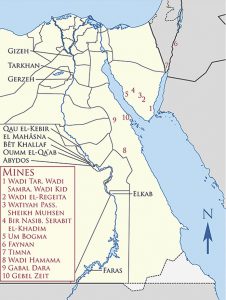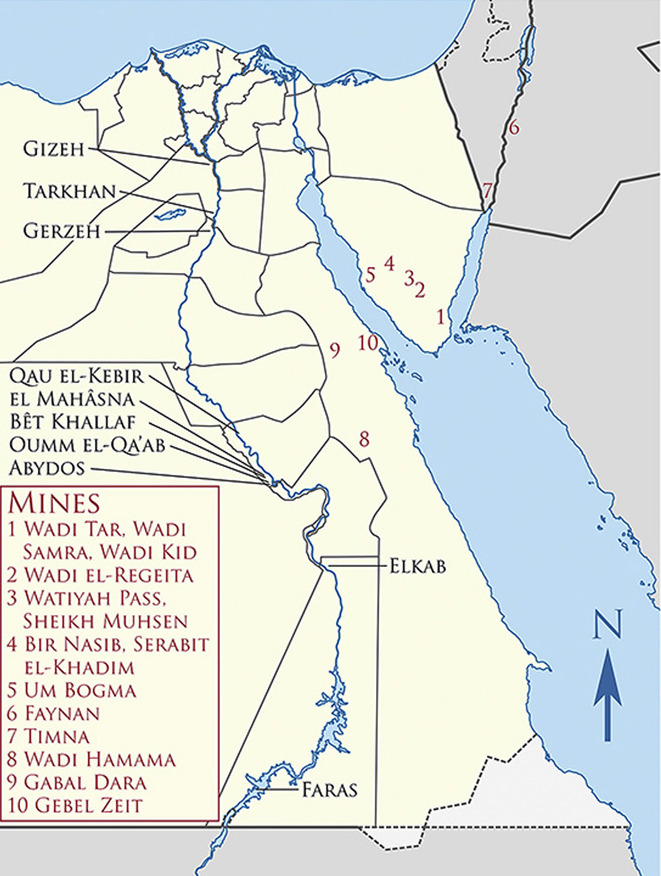Two new studies published in the Journal of Archaeological Science unveil where ancient Egyptians got the red metal from.
According to one the studies, led by Frederik Rademakers of KU Leuven in Belgium, there was predominant reliance on relatively local ore from the Eastern Desert and the Sinai Peninsula.
Based on isotope and chemical analyses of 40 metal samples from funerary objects and seven ore samples dating from the Predynastic, Protodynastic and Old Kingdom Periods, the research suggests significant developments in smelting technology that may have been adapted to different ore types.

“The underlying organization of early supply networks, clearly reliant on a variety of mining and production zones, and the development of copper production technology are only slowly revealed through ongoing research,” Rademakers said in a media statement.
The objects he and his team examined belong to the Royal Museums of Art and History in Brussels.
The second study, carried out by four Czech institutions, analyzed 22 artifacts from the Egyptian Museum of Leipzig University in Germany. The objects show similar production technology but diverse origins of the metal, including an Early Dynastic Egyptian object from Abusir that is high in nickel metal, something that is consistent with ores and artifacts from Early Bronze Age Anatolia, in present-day Turkey.
 This research confirms that special metals had circulated around the Ancient Near East earlier than previously thought.
This research confirms that special metals had circulated around the Ancient Near East earlier than previously thought.
In the view of Erez Ben-Yosef, professor at the J. M. Alkow Department of Archaeology and Ancient Near Eastern Cultures, Tel Aviv University, the studies constitute an important step forward in current knowledge on copper provenance and the subsequent economic, social and cultural insights into ancient Egypt.
source: http://www.mining.com, by Valentina Ruiz Leotaud | 6 days ago |

